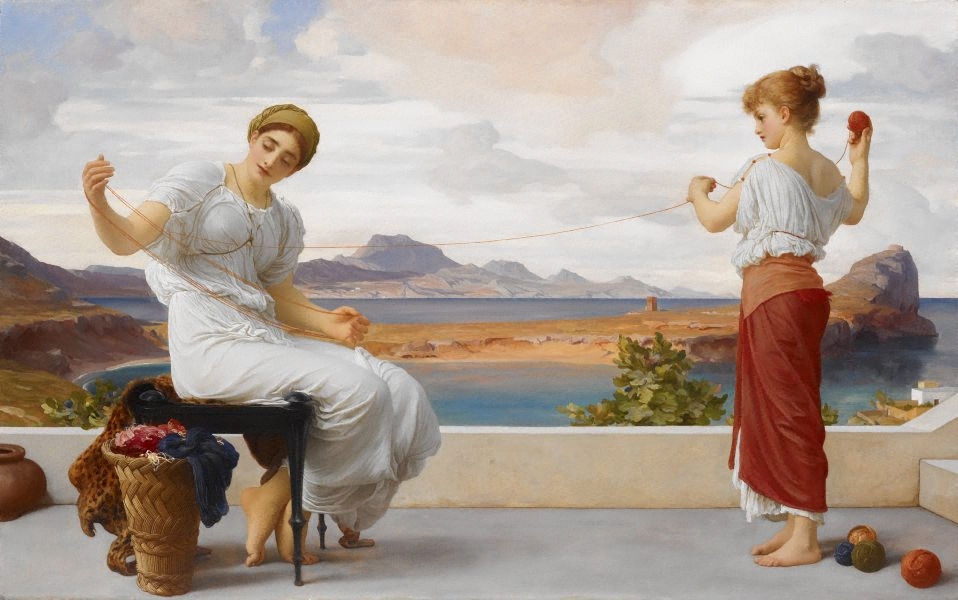Dada – Europe 1916 to 1924
In addition to Jean Arp (see art example below), other Dada painters are Francis Picabia and Marcel Duchamp.
Last Monday’s Art – Cubism
Next Monday’s Art – Expressionism
Top of post: “Dada” graphic created by Adrean Darce Brent
Below: “Monday Morning Museum” logo created by Adrean Darce Brent
Dada (pron.: /ˈdɑːdɑː/) or Dadaism was an art movement of the European avant-garde in the early 20th century. It began in Zurich, Switzerland in 1916, spreading to Berlin shortly thereafter. – Wikipedia.org
In addition to Jean Arp (see art example below), other Dada painters are Francis Picabia and Marcel Duchamp.
Constellation by Jean Arp (1886-1966)
Last Monday’s Art – Cubism
Next Monday’s Art – Expressionism
Top of post: “Dada” graphic created by Adrean Darce Brent
Below: “Monday Morning Museum” logo created by Adrean Darce Brent

_edited-1.jpg)

















.jpg)


